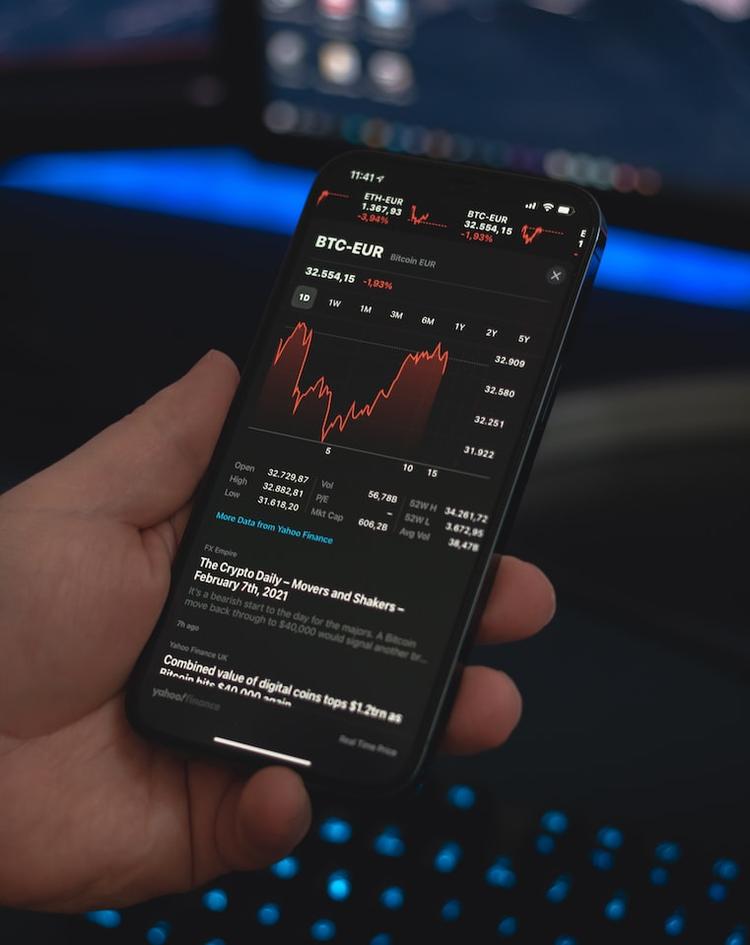
Crypto Safety: Three Top Security Tips For Digital Asset Investors
Looking to invest in digital assets? Whether for business or fun, be sure to check out our top three tips to keep your cryptocurrency safe.
Digital asset investors both new and old can benefit from knowing how to safely and effectively manage their cryptocurrency. Here’s our top three tips to help protect you from identity theft, fraud, and other cyber crimes.
Whether you simply trade or purchase cryptocurrency as a hobby, run a small business, or manage a large corporate enterprise, protecting your digital assets is a necessity—with cybercriminals constantly searching for ways to exploit security vulnerabilities. If your digital assets have been compromised, you could suffer from a personal loss of income, or from a business perspective, a loss of credibility and even reputational damage.
Today, we’re focusing on three easy-to-implement steps that will help protect digital asset investors and their tokens from crypto crime. Let’s get started.
Use an Offline Wallet
The simplest method digital asset investors can use to protect their holdings is through the use of an offline wallet—also known as a ‘hardware wallet’. Hardware wallets are physically constructed devices that are meant to isolate private keys from the internet.
Although they sacrifice efficiency in exchange for security, at least from a trading perspective, offline wallets are permanently held beyond the reach of data breaches and system hacks. Unlike hot wallets, which connect directly to the internet, hardware wallets, when responsibly managed, ensure your currencies are completely locked down.
Some wallets require users to set up a PIN and passphrase. A PIN should be kept secret, and the passphrase should be stored in an alternative, offline, and safe location. If your wallet is lost or damaged, you can regain access to your assets by using a backup secret phrase.
A recovery seed phrase is a series of 12-24 randomly generated words. These words can be used to re-generate a private key in the event of a lost hardware wallet.
Here’s how you can best project this vital recovery information.
Backup Your Seed Phrase
Keeping your seed phrase safe should be a top priority for any digital asset investor. You can store your seed phrase by any means necessary, including paper, digital, or even through the use of a physical deposit box. Always keep your seed phrase safe and be sure to never share it with anyone.
Now, this may seem extreme, but some crypto owners have gone as far as to inscribe their seed phrase into a metal plate, and there’s a variety of ‘steel wallet’ options now available in today’s market. Resistant to fire and water, metal plates are durable and long-lasting, meaning recovery keys remain accessible even in worst case scenarios.
Of course, you could always use the more-risky, yet completely-secure, method of a brain wallet. A brain wallet is nothing more than memorizing your recovery key, without writing it down anywhere. It’s completely secure in the sense that no-one can obtain it, if not significantly more risky should you forget it—with $140 billion in Bitcoin estimated to be lost through forgotten passwords.
In addition to keeping a secure method of recovery, applying two-factor authentication wherever viable is a sure-fire way to restrict any unwanted access to your funds.
Enable Two-Factor Authentication (2FA)
Two-factor authentication can not only protect digital asset investors, their tokens, and personal data, it can also help prevent a variety of cyber attacks—including phishing, which still retains a reported success rate of 47%.
Also known as TOTP (time-based one-time password), two-factor authentication is a security method that requires users to share a unique code with the providing server and is often found in web applications and online banking. Numeric codes are generated on a timed basis, for example, thirty seconds, meaning users have only a small window of time to correctly receive and input the correct password to access their digital assets. To protect their users and increase security procedures, Google rolled out two-factor authentication for 150 million accounts in 2021.
Two-factor authentication can also help to prevent social engineering attacks. These types of attacks attempt to dupe users into revealing sensitive information through the use of automated software and dictionary attacks.
You can also consider the use of a password manager, preventing the use of saved personal information when browsing online, and making sure to lock your device—especially when in public.
Invest in Digital Asset Protection
With over 190 million Bitcoin wallets registered worldwide, digital asset investors are becoming more and more commonplace. By using simple and effective measures, you can secure your holdings and minimize the risk of theft, fraud, and cyber crime. At LOX Network, we’re committed to protecting your smartphone and have developed a unique dual-NFT solution to break international barriers and disrupt the device theft industry.
Meet SmartLOX
The all-in-one SmartLOX application allows you to block, blacklist, and set a bounty to reward users who successfully return your smartphone, in the event of a lost or stolen device. Harnessing the power of our hybrid blockchain, we’re helping users to create both irrefutable and verifiable proof-of-ownership to secure device safety and improve global recovery rates.
Visit our website for more information and join our community for the latest news and updates on all things SmartLOX.